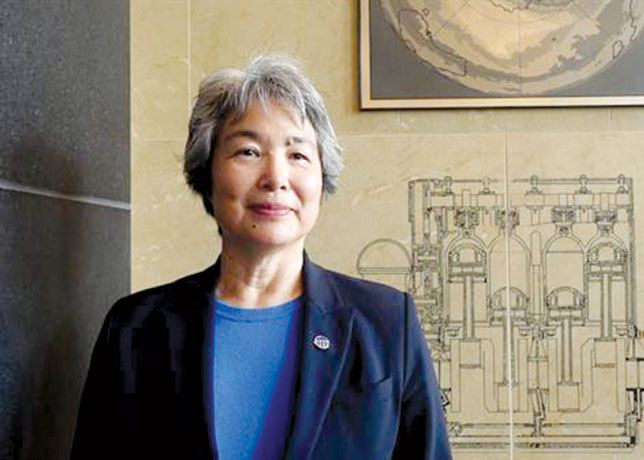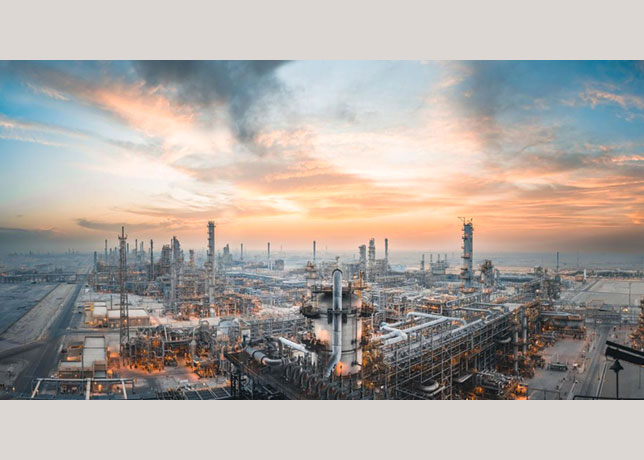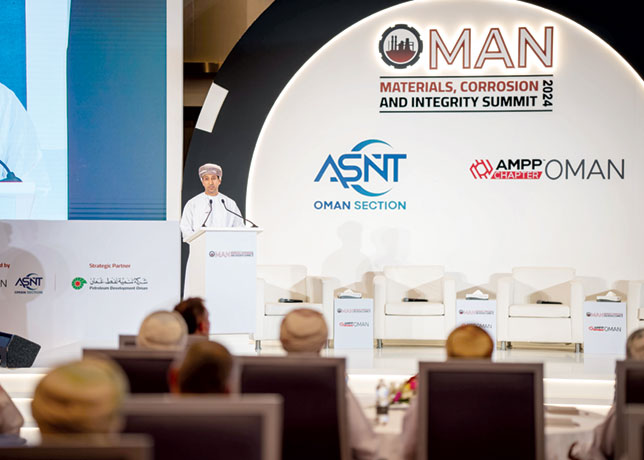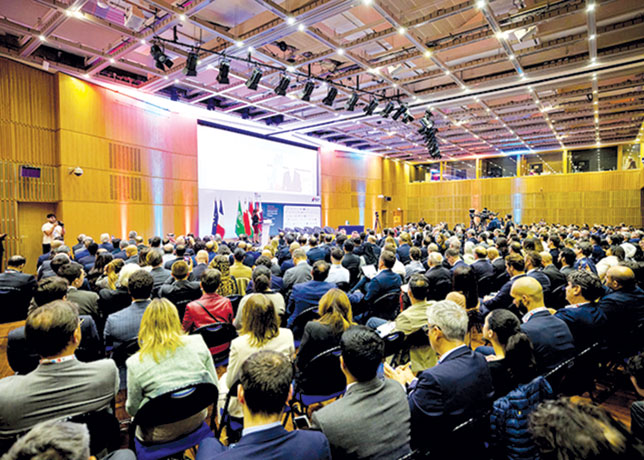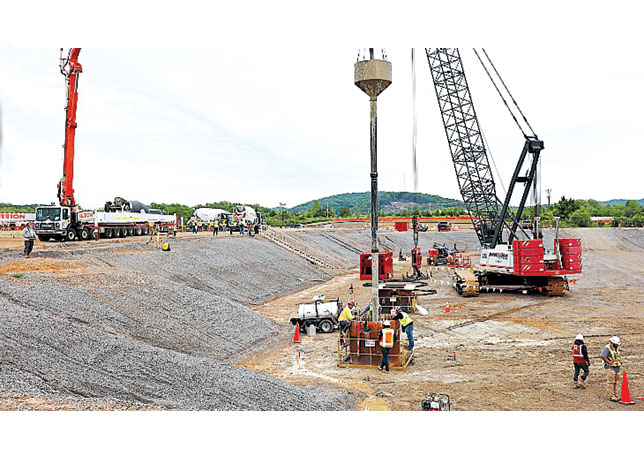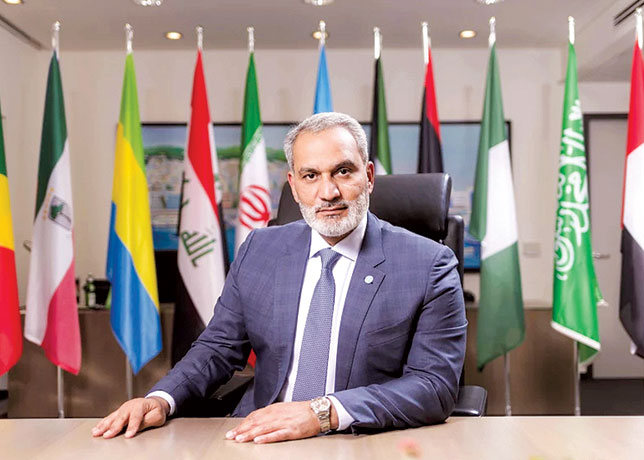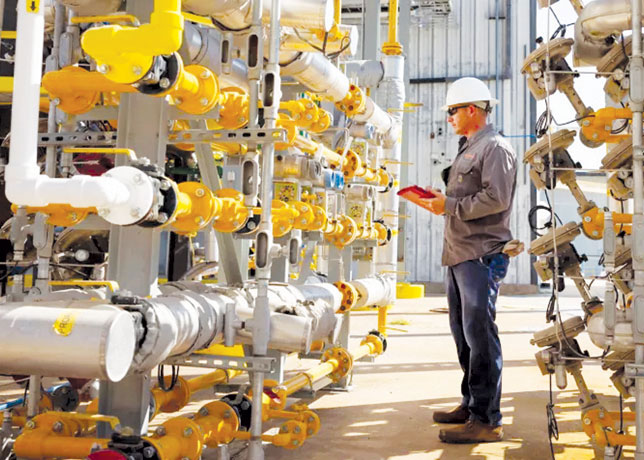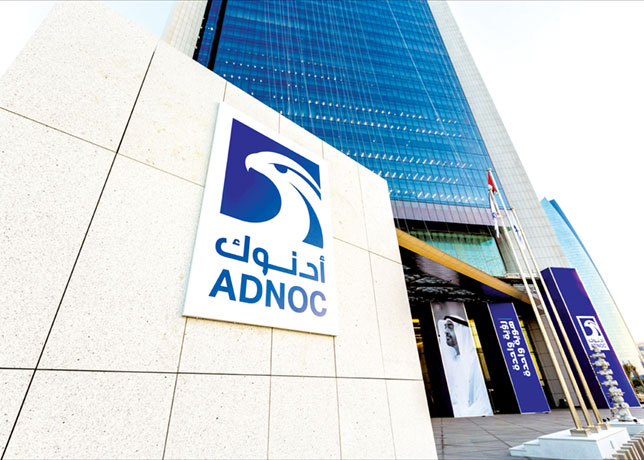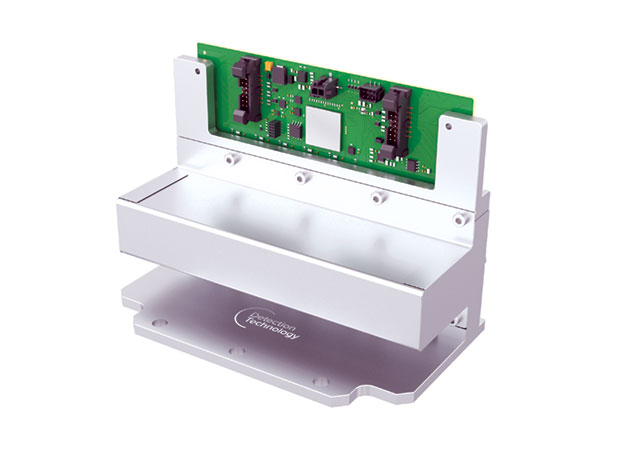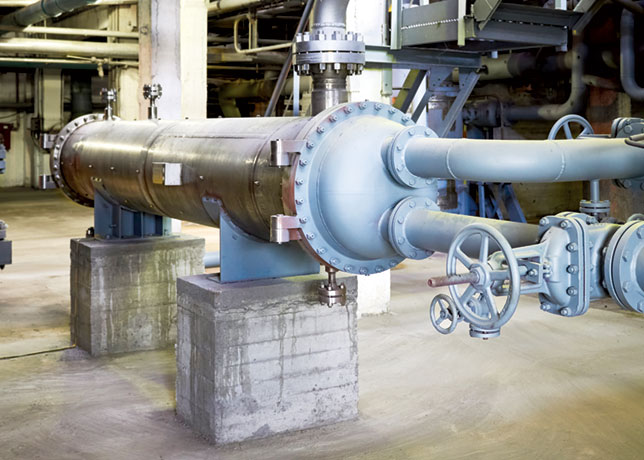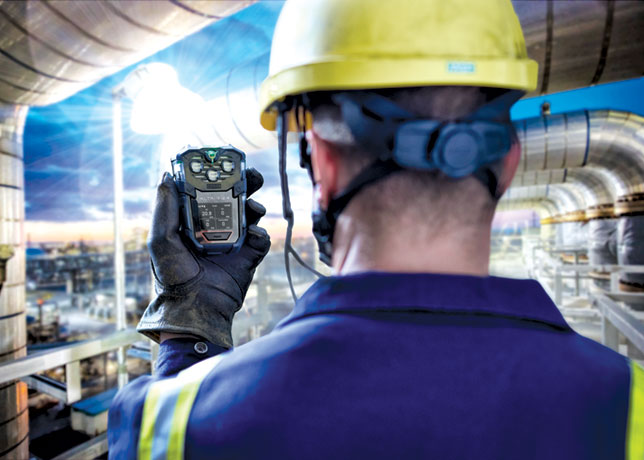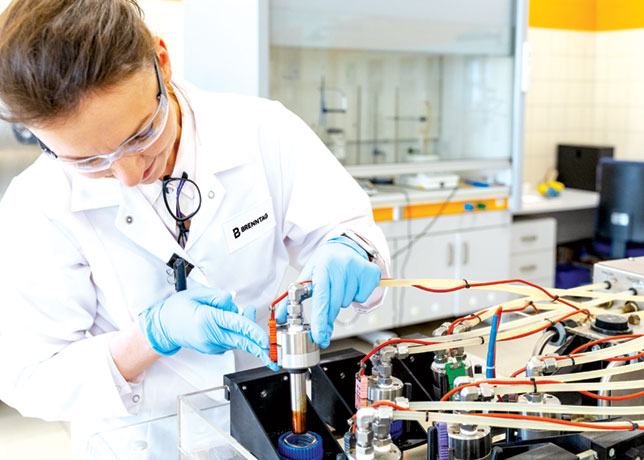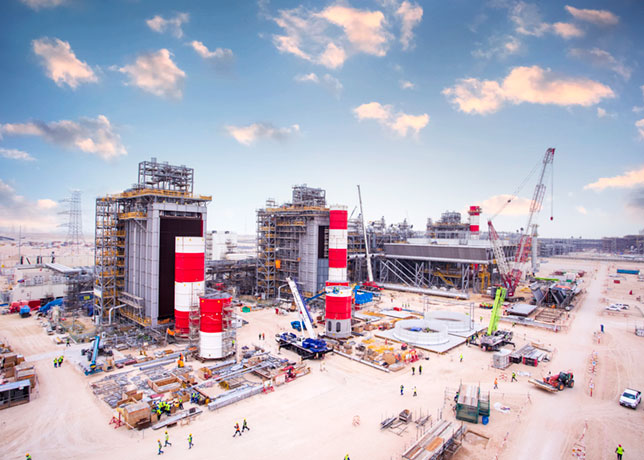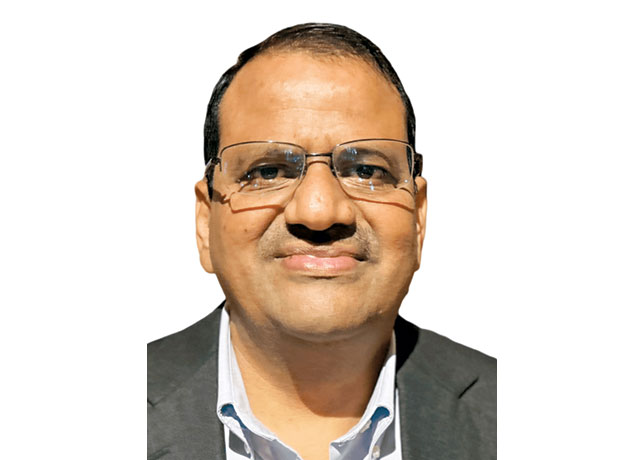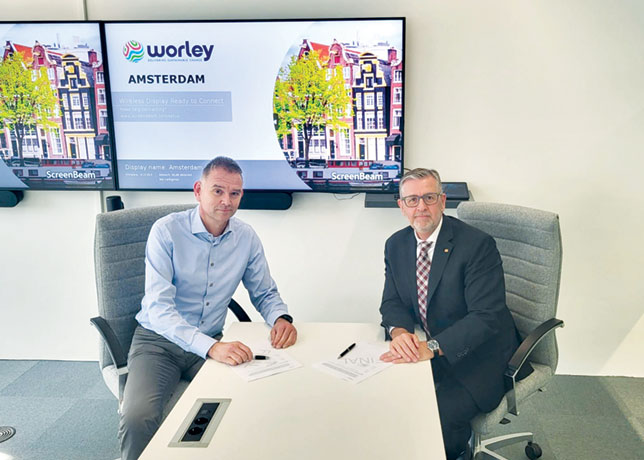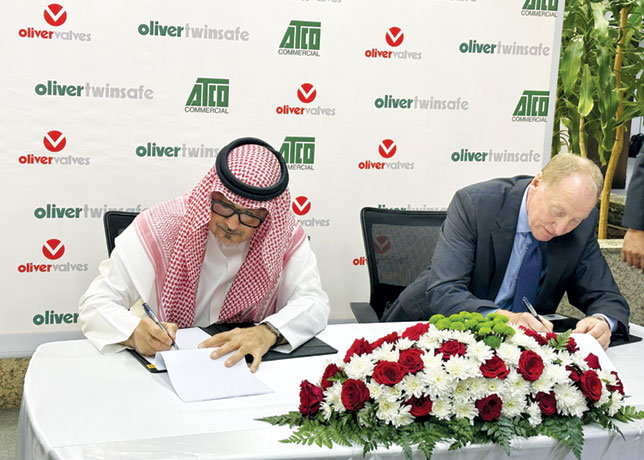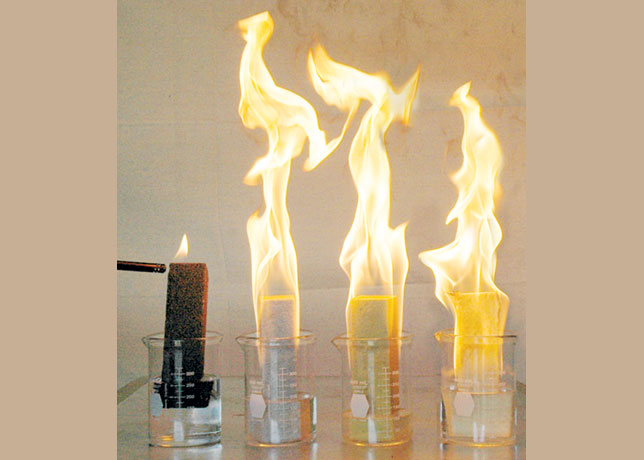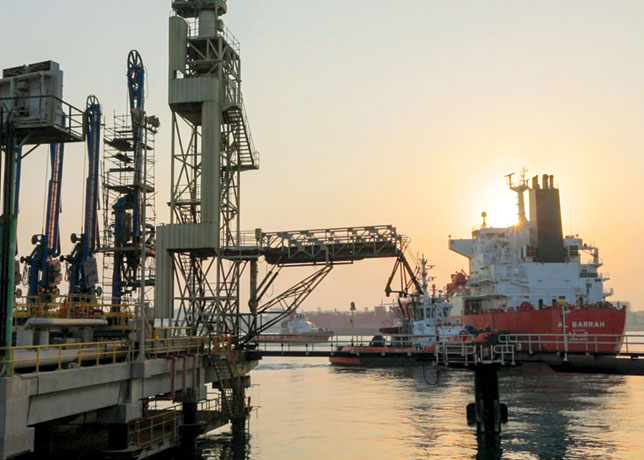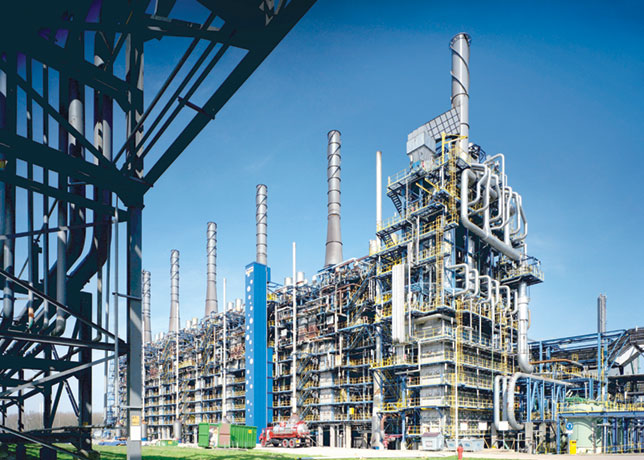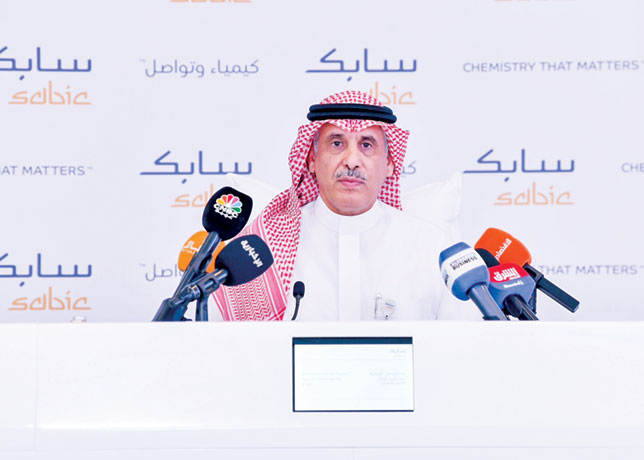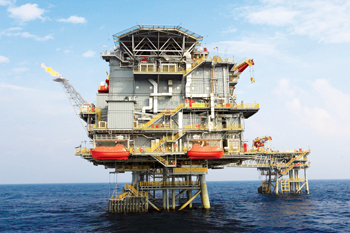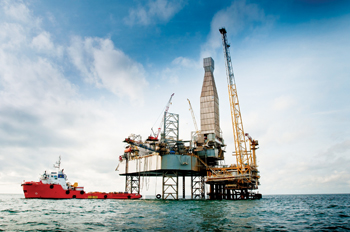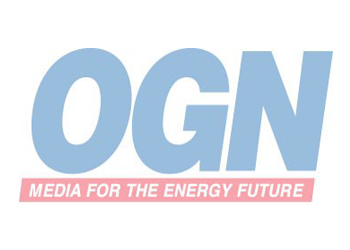
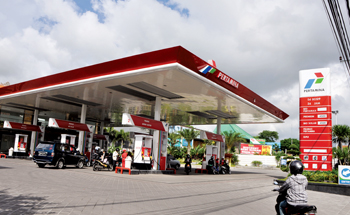 Pertamina ... long-term plans
Pertamina ... long-term plans
PT Pertamina is a state controlled, integrated oil and gas company. It carries out upstream and downstream business activities in oil and gas industry. The company is active in each and every facets of oil and gas industry. Substantial presence in oil and gas value chain coupled with strong refining operations, and significant complementary services base has strengthened the company’s business operations. New projects, long-term plan, and increasing oil and gas demand in Indonesia could provide the company with various new growth opportunities. However, volatility in oil and gas prices, and exploration and development risks could affect its business operations, says DataMonitor in a strengths, weaknesses, opportunities and threats (SWOT) analysis of the company.
STRENGTHS
Strong base of complementary services: Pertamina’s core upstream and downstream business operations are strengthened with its strong base of support services for both upstream and downstream oil and gas operations. For upstream business operations, the company offers drilling support services.
Pertamina provides drilling services through the activities of the subsidiary, PT Pertamina Drilling Services Indonesia (PDSI), which is currently the largest drilling service company in Indonesia.
For the fiscal year ended December 2013, PDSI’s rig utilisation and rig availability rate stood at 98.2 per cent and 81.8 per cent as compared to 98.8 per cent and 95.5 per cent, respectively, in 2012. For downstream business operations, the company through its transportation services provides support for export of petroleum products.
Pertamina conducts its sea transport activities for the purpose of supply and distribution of crude oil, fuel and non-fuel products (LPG) in Indonesia.
The company transported 29.30 million metric tonnes (mmt) of crude oil, 28.47 mmt of fuel product; and 12.64 mmt of non-fuel product. As of December 2013, the company had interests in a total of 192 vessels, of which 59 vessels are owned and the rest are lease/ charter ships. Pertamina’s refineries manufactures several products that are also exported to overseas markets, such as Malaysia, Singapore, the Philippines, Japan, China, Korea, India and Taiwan.
By December 2013, the company exported 5,076.6 million litres of petroleum products as compared to 3,022.2 million litres in 2012.
Strong refining capacity: Pertamina has a substantial base of refineries which has enabled it to enhance its business operations. Substantial refining capacity has also enabled the company to refine diverse crude mixes. The company’s refining operations are carried over at six refinery units across Indonesia, namely, RU II Dumai – Sei Pakning, RU III Plaju, RU IV Cilacap, RU V Balikpapan, RU VI Balongan and RU VII Sorong, with total installed capacity of 1,039.2 thousand barrels stream day (mbsd).
The refineries produce kerosene, diesel fuel, aviation gasoline, marine fuel oil, diesel oil, Pertamax and Pertamax Plus gasoline with high Research Octane Number (RON), as well as high cetane number and low sulphur content diesel fuel under the brand Pertamina Dex. Pertamina’s refineries also produce LPG and other gas products including gas fuel, MusiCool, Hydrocarbon Aerosol Propellant (HAP) and Vi-Gas. The non fuel products produced by Pertamina include paraxylene, benzene, propylene, solvent and other non-fuel products.
By December 2013, the company’s total refinery throughput volume stood at 314.03 million of barrels (mmbs) as compared to 308.11 mmbs in 2012. Its total refinery output volume stood at 295.27 mmbs as compared to 289.46 mmbs in 2012. The company’s fuel product output volume stood at 239.04 mmbs; non fuel product output volume stood at 21.7 mmbs; and other product volume stood at 34.49 mmbs.
Substantial presence in oil and gas value chain: Pertamina is a state controlled, integrated oil and gas company. It carries out upstream and downstream business activities in oil and gas industry. The upstream sector comprises of oil, gas and geothermal energy exploration and production.
The downstream activities of the company includes processing, marketing, trading and shipping of fuel, liquefied petroleum gas (LPG), liquefied natural gas (LNG), petrochemicals and lube base oil.
Pertamina operates fuel refineries, LPG plants and LNG plants.
The upstream segment is operated through PT Pertamina EP, PT Pertamina Hulu Energi and PT Pertamina EP Cepu with its partners in the Cepu Block. It participates in oil and natural gas joint ventures in Vietnam, Libya, Sudan, Malaysia, Qatar and Australia. Its downstream activities include crude oil refining, marketing, trading and shipping of fuel, and LNG business. The company has more than 120 depot locations and serve around 8000 customers.
WEAKNESSES
Substantial debt: Pertamina reported substantial debt position during 2013. The company reported increase in its short term loan component and long term loan component. For the fiscal year ended December 2013, the company’s short term loan component increased 30 per cent to $4,994.9 million as compared to $3,843 million in 2012. Its short term loans comprises of loans from government entities and loans from third parties. All the short term loans are to be paid back till August 2014 at an annual interest rate of 1.32 per cent to 1.8 per cent.
The company’s total long term bank loans increased 69.7 per cent to $2,522.6 million as compared to $1,486.25 million in 2012. Its debt to equity ratio stood at 89.3 per cent as compared to 67.05 per cent in 2012, while debt to asset ratio increased to 31.15 per cent as compared to 24.7 per cent in 2012.
OPPORTUNITIES
New projects: In 2012, the company initiated eight new projects to enhance its operational efficiency and increase operational base. The eight flagship projects comprised Enhanced Oil Recovery (EOR) project at Pertamina EP, Pertamina Hulu Energi and Pertamina EP Cepu; gas processing facilities project on Kenawang River and Gading Island; Perta Samtan Gas NGL Plant project; Floating Storage project and Regasification Unit (FSRU) in West Java; LPG Terminal project in Tanjung Sekong; Gas Filling Station (SPBG) project; Geothermal Power Plant in Ulubelu; and operation of three new tanker units.
The EOR project at Pertamina EP, Pertamina Hulu Energi and Pertamina EP Cepu worth $15 billion is expected to increase Pertamina’s production by 80,000 bpd by 2025. The gas processing facilities project on Kenawang River and Gading Island worth $325 million will contribute additional 26,000 boepd of oil and gas production.The LPG terminal project in Tanjung Sekong is expected to incur investments of $35 million to increase the terminals capacity by 10,000 million tonnes. Gas Filling Station (SPBG) project focuses to reduce oil subsidy in transportation sector with an estimated investment of $37 million.
These projects were initiated to set stronger foundation for the company to realise its vision to be world class energy company and Asia energy champion by 2025.
With strong focus towards organic growth, the company is moving towards its vision to become a world class energy company. These projects one completed will enhance Pertamina’s image as a global company.
Long-term business plan: RJPP 2012-2016: In 2012, the company drafted a new strategic business plan for 2012-16, which focuses on running oil and gas; and renewable energy business in an integrated manner. The main theme of the 2012-2016 RJPP is ‘agressive upstream’ and ‘profitable downstream’ operations. The main target is to increase production and reserves of oil and gas in the upstream sector through development of internal projects (domestic) and aggressive external expansion (regional and global).
Pertamina’s objectives for the period of 2012 – 2016 includes become the largest energy company in Indonesia with a growth rate of 13.20 per cent + in 2016 and obtain production of 875.90 Mboepd with reserves of 3,301 MMboe; increase refining processing capacity from 303.90 Mmboe in 2012 to 333.50 mboe in 2016; and become market leader with 99 per cent market share for subsidised fuel and 65 per cent for non-subsidised fuel by increasing retail fuel sales from 41.6 million KL in 2012 to 56.8 million KL in 2016 with a CAGR of 8 per cent.
Increasing demand of oil and gas: The increasing demand of oil and gas products in Indonesia offers opportunity for Pertamina to increase its operational base in order to meet the internal energy demand. Indonesia is the fourteenth largest proven gas reserve holder in the world and the third largest in Asia Pacific, with gas reserves of 106.0 tcf in 2011. Natural gas production in Indonesia increased from 2,236.9 bcf in 2000 to approximately 3,062.3 bcf in 2012, at an AAGR of 2.65 per cent.
With growing demand of oil and gas products and declining production, the country faces challenge to meet the domestic demand. Pertamina’s 2012- 2016 plans focuses on enhancing operations of its upstream operations internationally, which is inline with its objective to meet Indonesia’s increasing demand.
THREATS
Rising capital costs in the refining sector: The rising capital costs for refineries expansion or modernisation may call for heavy investments by companies. Refineries worldwide are becoming more complex and flexible to allow refiners to process different qualities of crude. Even in developing countries, petroleum product quality norms are getting more stringent and this is resulting in an increase in costs for building secondary conversion units like fluid catalytic crackers, hydro crackers and cokers.
Exploration production & development risks: The company’s oil and gas exploration and production may involve unprofitable efforts, not only from dry wells but also from producing wells, when they are not commercially viable. The combination of technology and recovery cost may be higher than revenue earned owing to production. In addition, drilling hazards and environmental damage could led to well shut down. The company faces a higher degree of threat due to future exploration and production uncertainties. This could affect its future revenue streams.
Volatility in oil and natural gas prices: The company’s revenue, profitability, and rate of growth are substantially dependent on prices of oil and natural gas. In recent years, increase in the demand for crude oil and depletion in the oil reserves resulted in increase in the prices of crude oil and oil products across the world. Oil prices and markets have been extremely volatile in the recent years. Prices are affected by numerous factors such as market supply and demand, political and economic conditions, and the ability of the Organization of Petroleum Exporting Countries (Opec) to set and maintain production and price targets.







